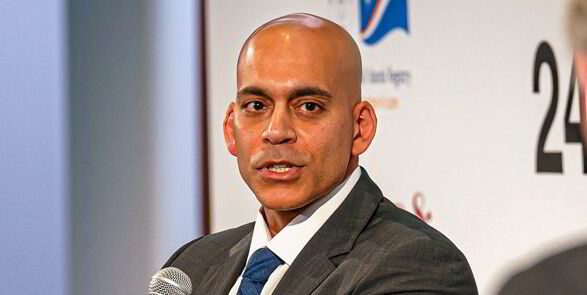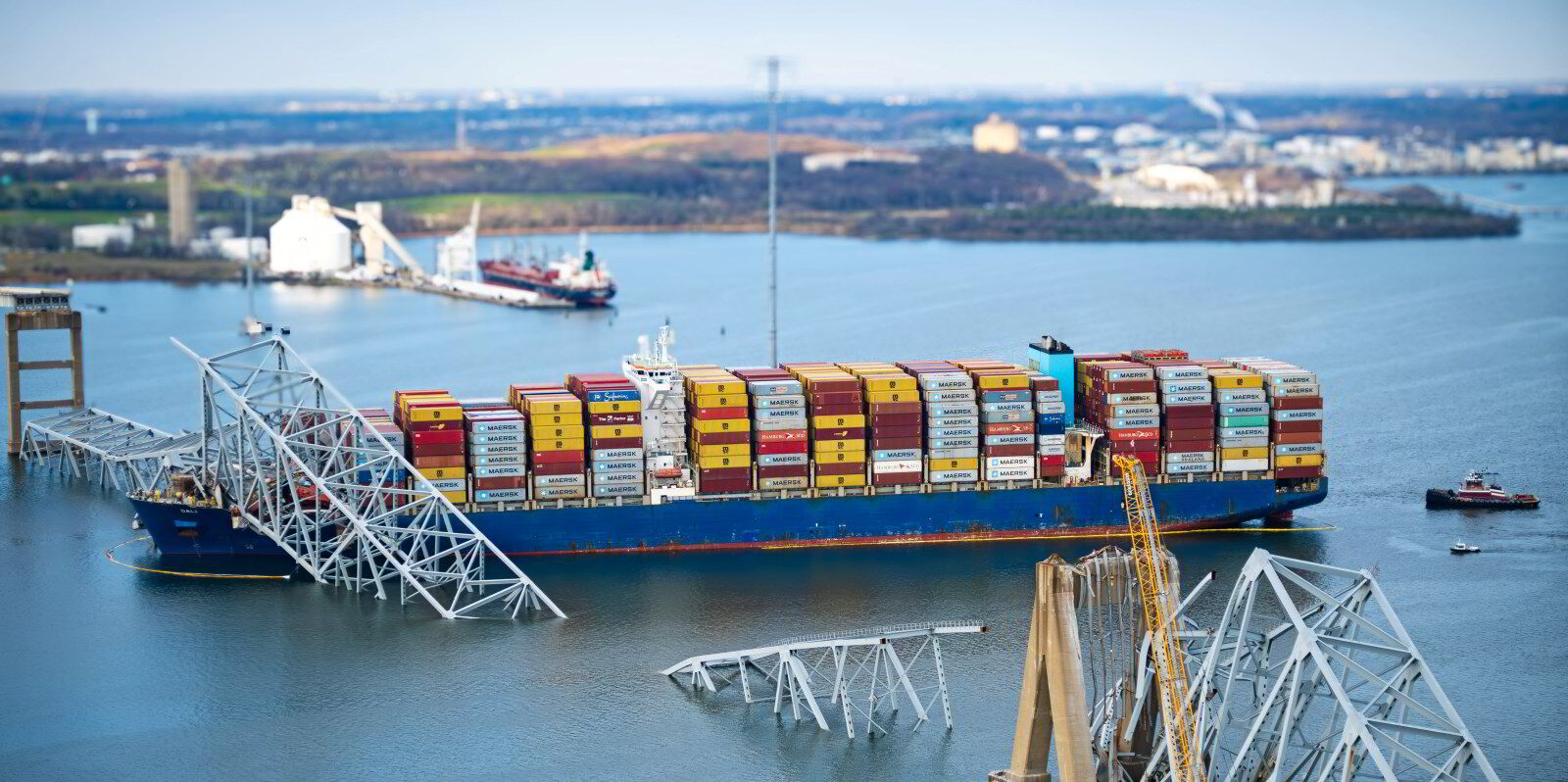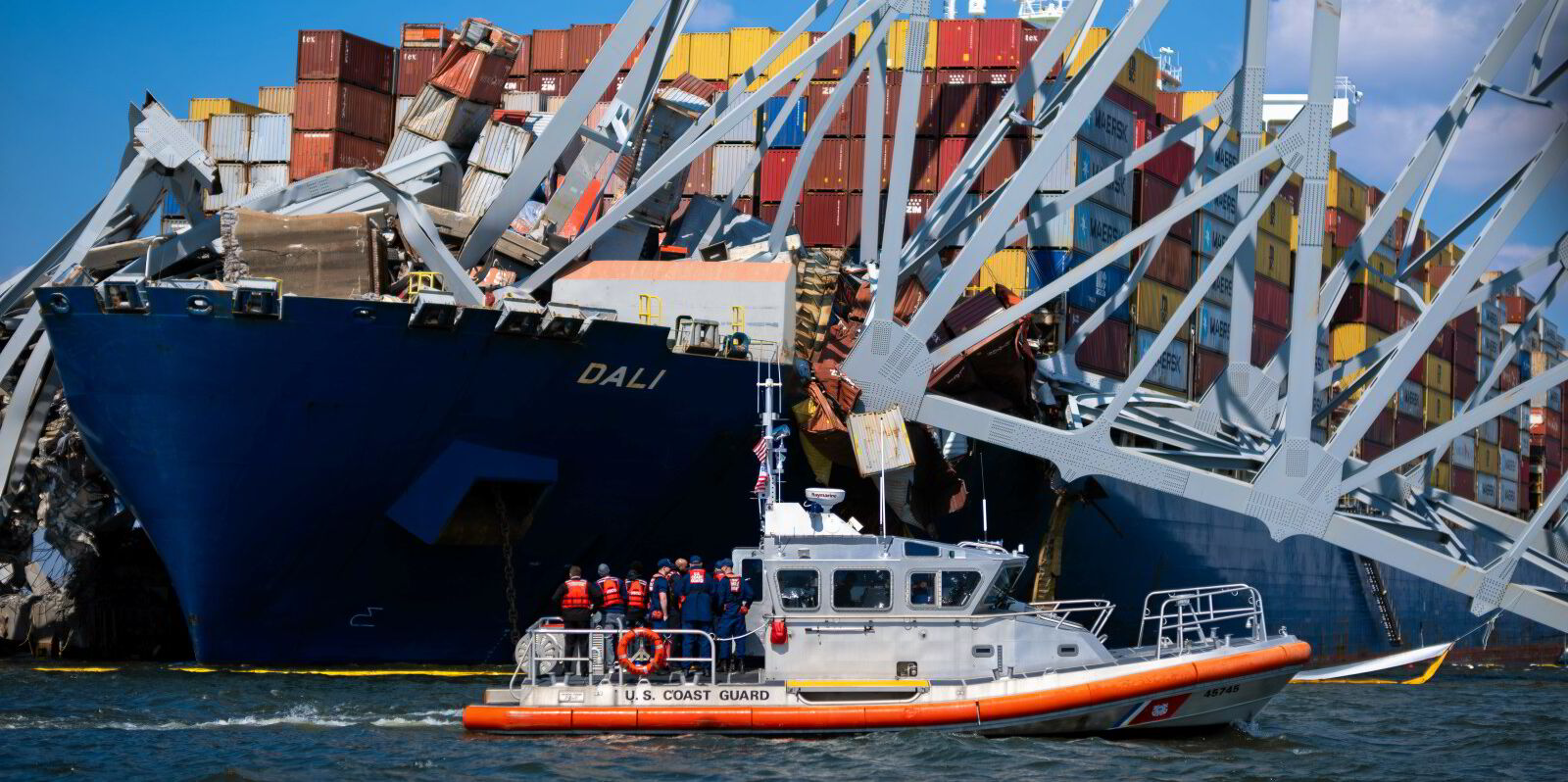A new disruption surcharge announced by AP Moller-Maersk could signal a rise in container freight rates in the wake of a potential US ports strike, an analyst says.
The Danish container shipping giant announced a surcharge of $3,000 per 40-foot equivalent unit (feu) for cargoes bound to or from the US East Coast or Gulf Coast, where a dockers union is threatening a sweeping strike starting on 1 October.
Omar Nokta, an analyst at investment bank Jefferies, suggested that the fee could be a sign of things to come.
“This surcharge signals the potential uplift in spot rates and, to an extent, the uplift in carrier costs should a strike last beyond a few days,” he wrote in a note to clients.
The potential for a rates hike comes as container shipping stocks have been riding the optimism upward despite a pullback in spot freight rates.
Peak season is winding down after shippers pushed cargoes into the US early to avoid disruption from the looming strike by the International Longshoremen’s Association (ILA).
Nokta said uncertainty over the potential for a strike has led volumes to decline on the US East Coast and Gulf Coast. Rates from Asia to the East Coast have fallen to $5,000 to $5,500 per feu, down from $10,000 per feu in July.
The Maersk surcharge follows similar fees announced by some of its rivals.
‘Significant consequences’
Earlier in the week, Jefferies told clients that a strike would not only affect container and vehicle shipping, it would also have “significant consequences” for the US economy.
“There is not enough infrastructure to support even a temporary rerouting of cargo, but there is ‘breathing room’, as a work stoppage could come just as the post-peak-season lull takes effect,” Nokta and other analysts said in a Monday note.

They said that with West Coast ports running at high throughput rate, there is no alternative for inbound and outbound containers scheduled for the shuttered ports. Shippers and retailers do not seem to be scrambling, Jefferies said.
“Should a port stoppage occur, freight rates would likely jump as ships are stuck, unable to unload cargo or return to their normal trade patterns,” the investment bank said.
The impacts on the economy could spur action from President Joe Biden, it added.
Even a short strike could have longer implications, according to supply chain platform project44.
The UK software company said that after just one day of closure during 2023 disruptions on the West Coast, it took three weeks for ports to return to normal container dwell times. Delays increased by as much as 148%.
“If a full-scale strike occurs on the East Coast, it would likely last longer than one day, and the disruptions would be even more severe,” project44 said.
“For every one week of an ILA strike in 2024, it would take 4 to 6 weeks to fully recover.”
The ILA, which represents dockworkers in vehicle and container ports from Maine to Texas, is holding firm on its threat to strike when its contract with an employers’ group runs out on Monday night.
On Monday, the union said the talks with the US Maritime Alliance (USMX), whose members include liner and terminal operators, remained at a stalemate.
‘Stingy’ wage offer
USMX offered what the union described as a “stingy” wage increase.
ILA president Harold Daggett said: “They call me several times each week trying to get the ILA to accept a low-ball wage package.
“My ILA members are not going to accept these insulting offers that are a joke considering the work my ILA longshore workers perform, and the billion-dollar profits the companies make off the backs of their labour.

“The blame for a coast-wide strike in a week that will shut down all ports on the Atlantic and Gulf Coasts falls squarely on the shoulders of USMX.”
For its part, USMX said it has been unable to schedule a meeting with the union to continue negotiations.
“We remain prepared to bargain at any time, but both sides must come to the table if we are going to reach a deal, and there is no indication that the ILA is interested in negotiating at this time,” the employers’ group said.
Read more
- China stimulus offers respite for flagging oil demand as tanker futures yawn
- What bargaining table? Deadlock continues as clock ticks on US East Coast port strike threat
- Wrongful death claims filed in Dali legal row over workers who fell to death
- Jacksonville port scores $23m for deal with German crane maker
- Baltimore bridge crash ship departs US following repair work six months after disaster





